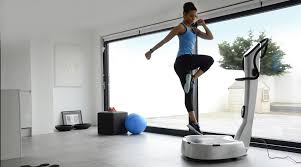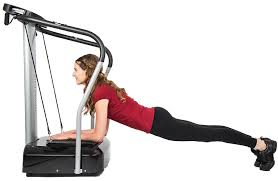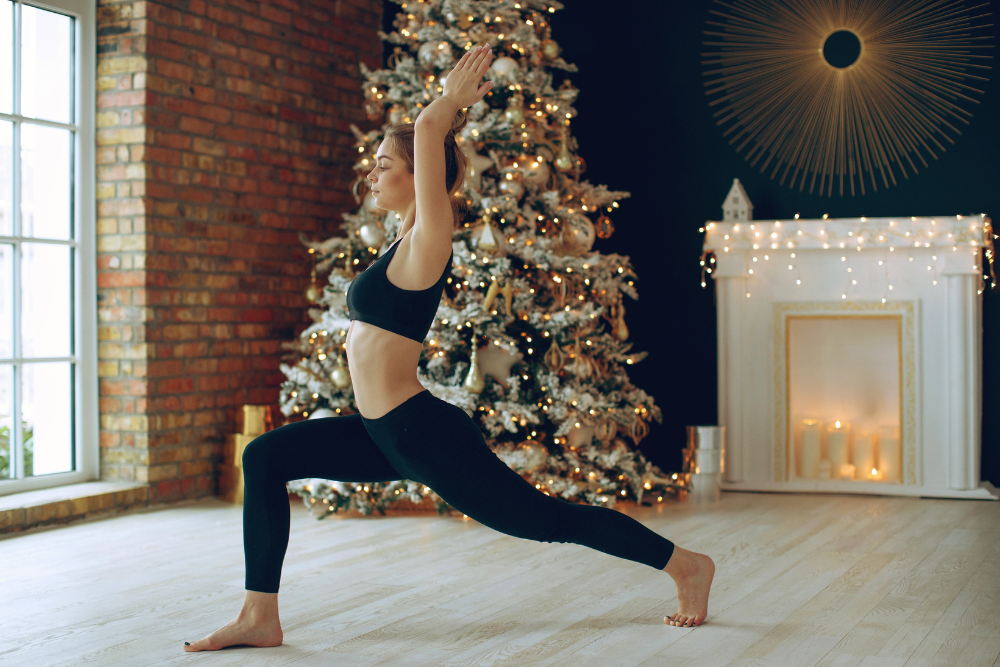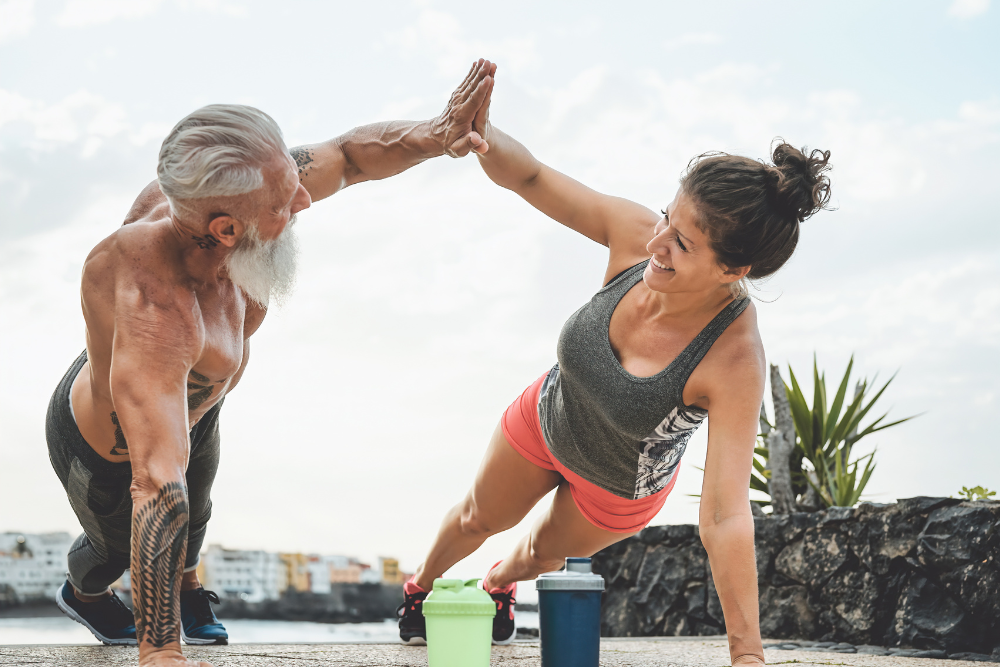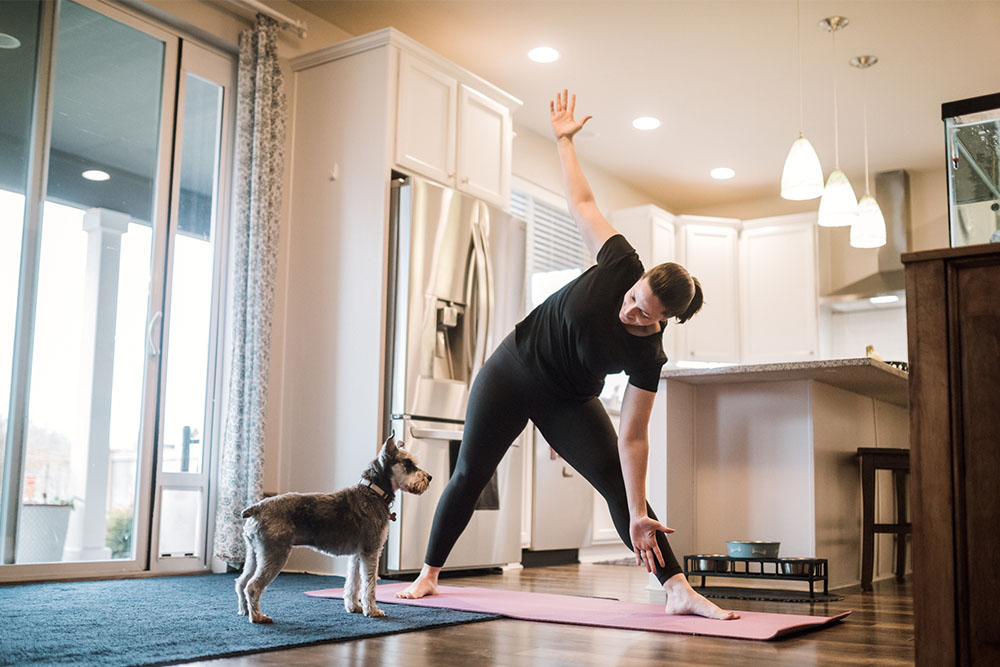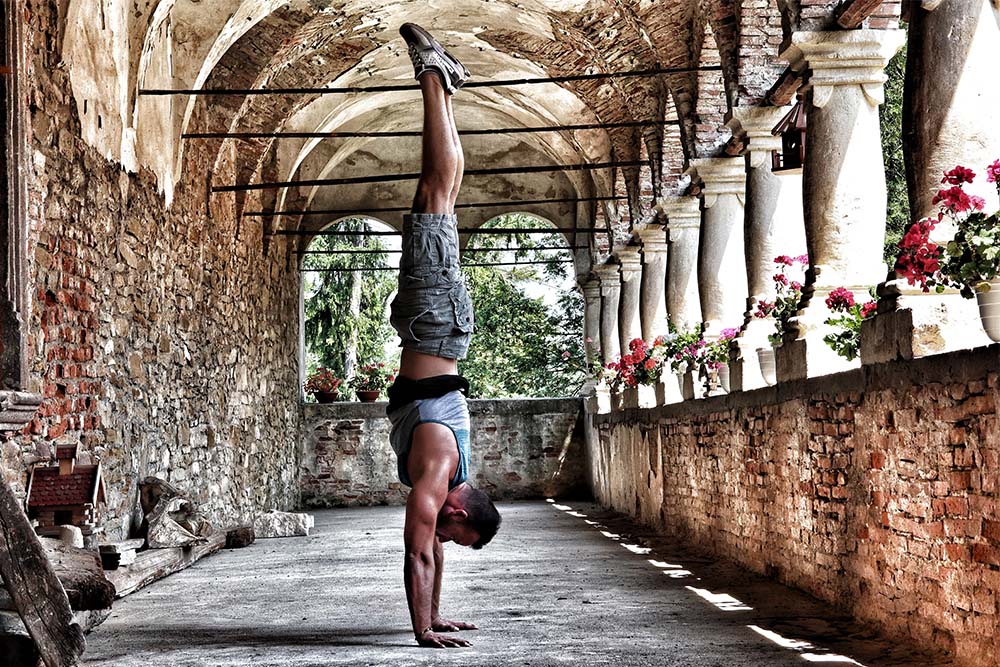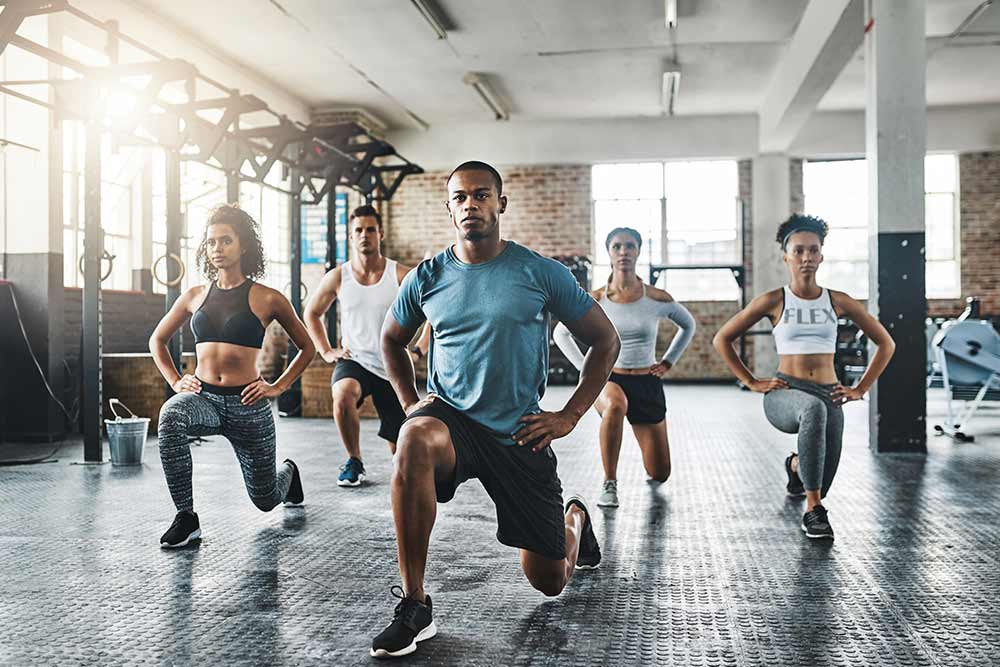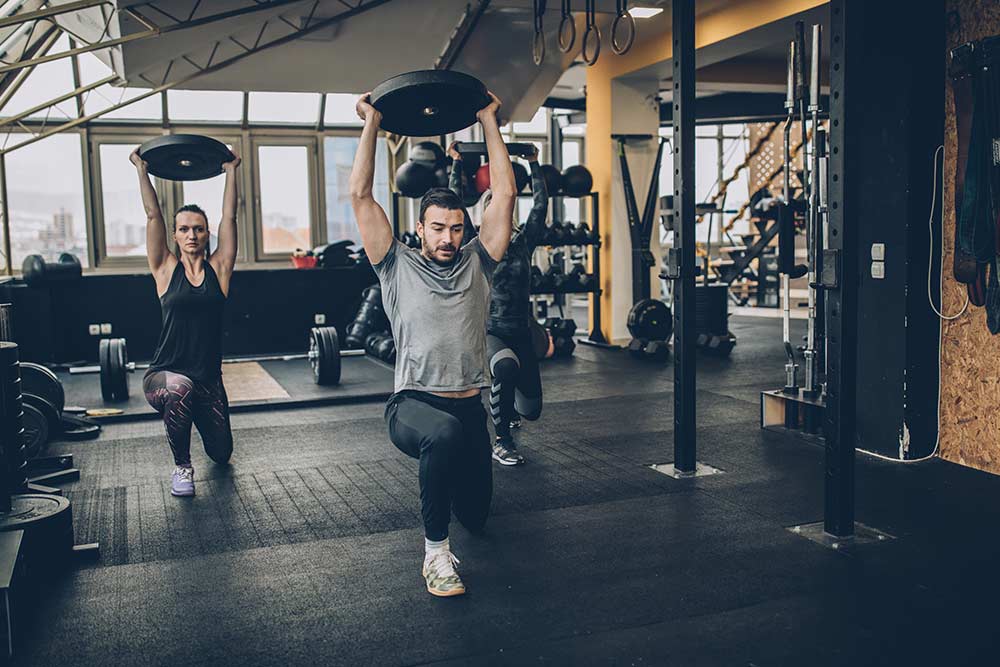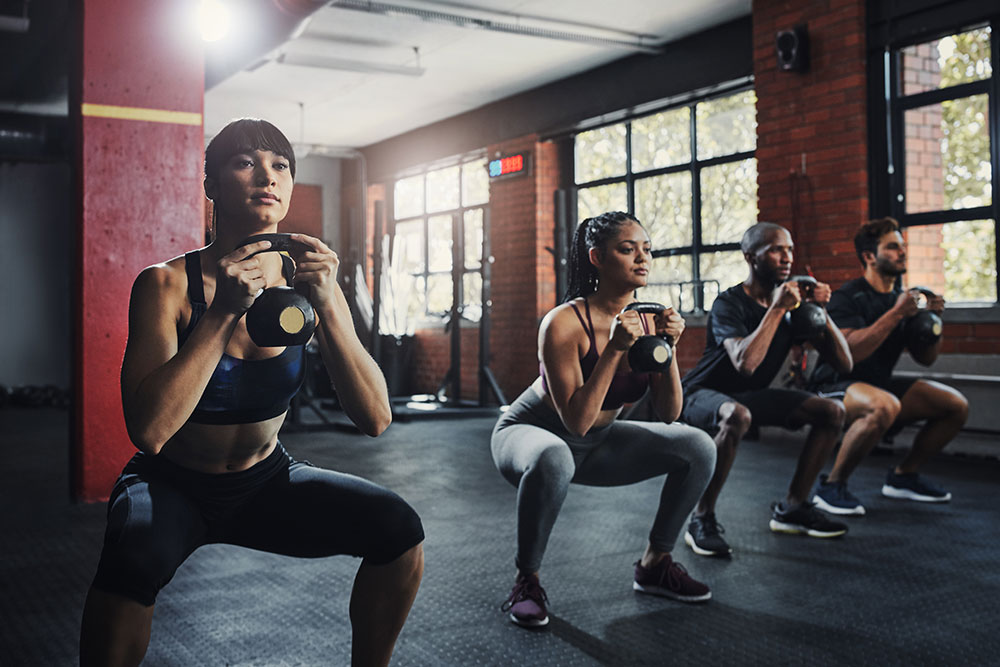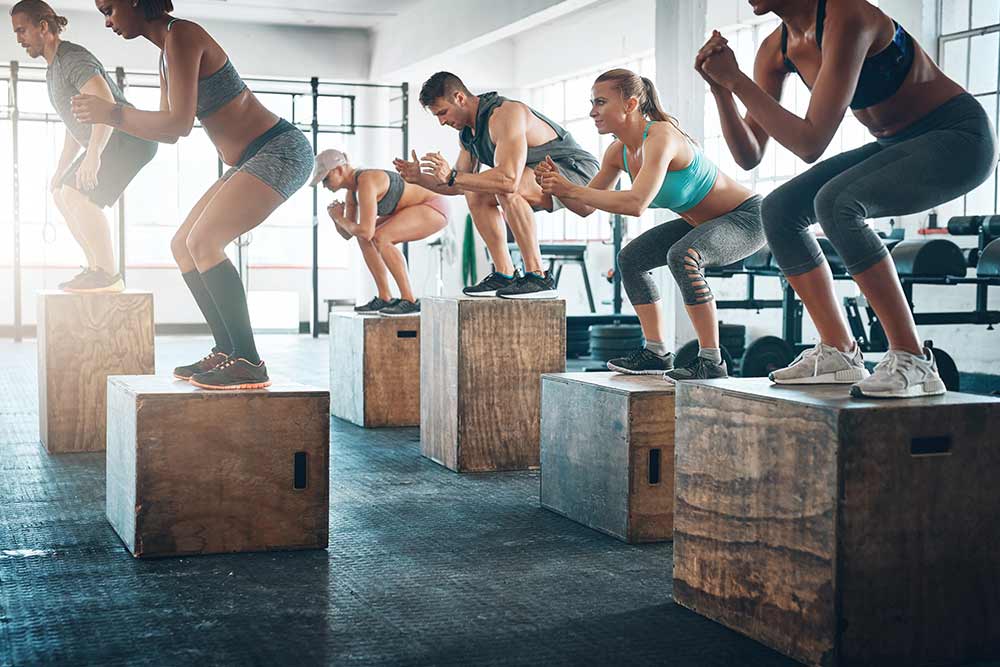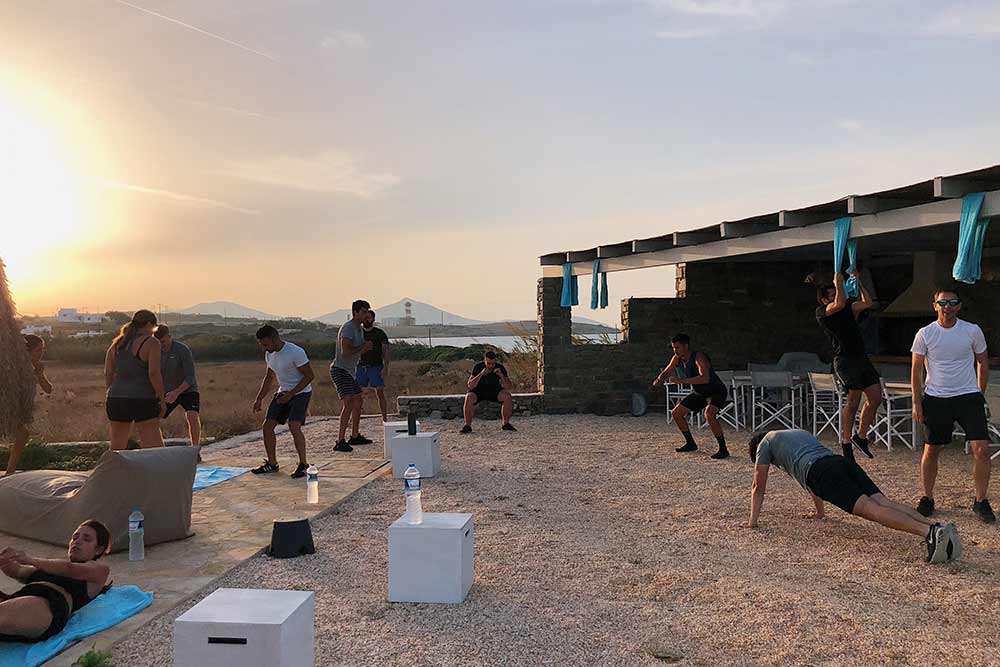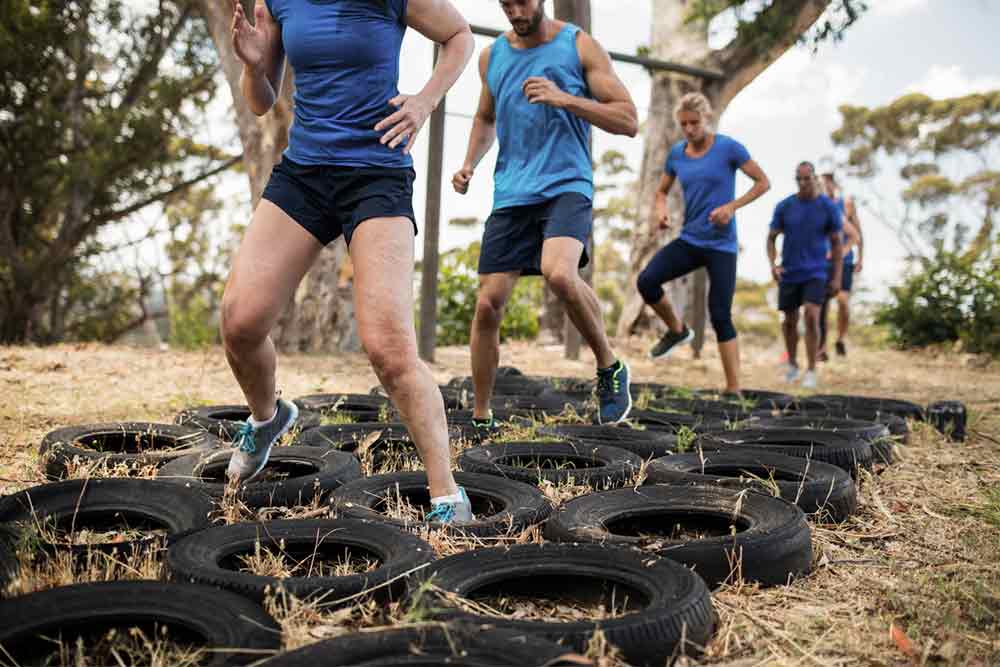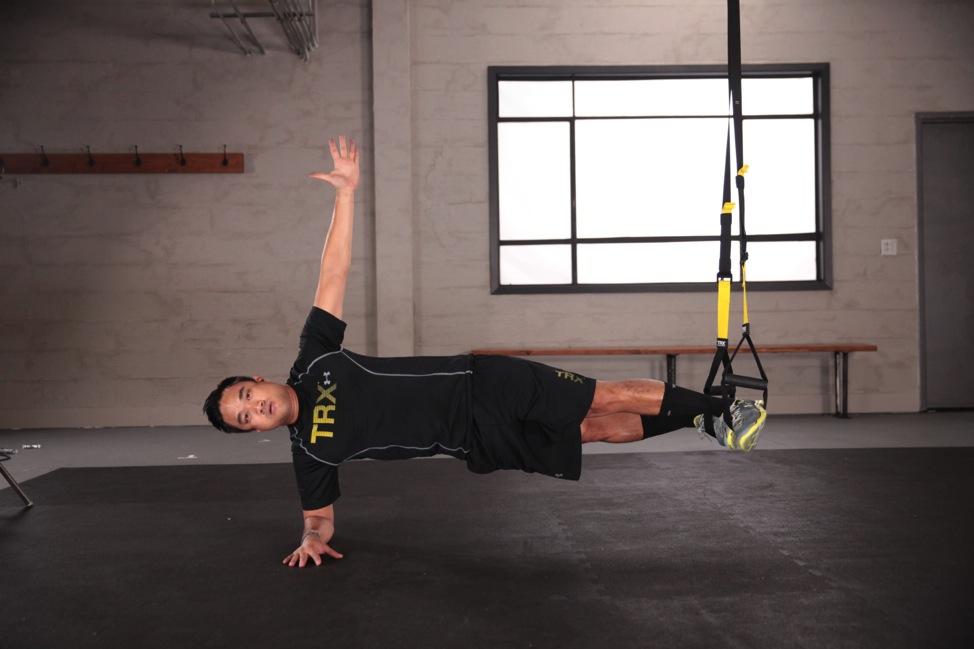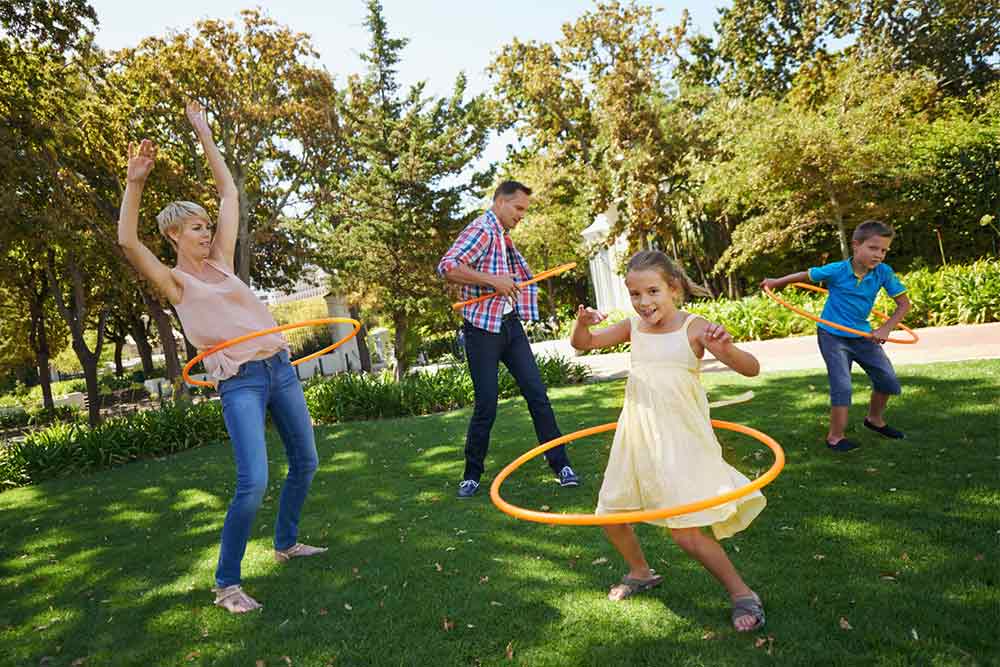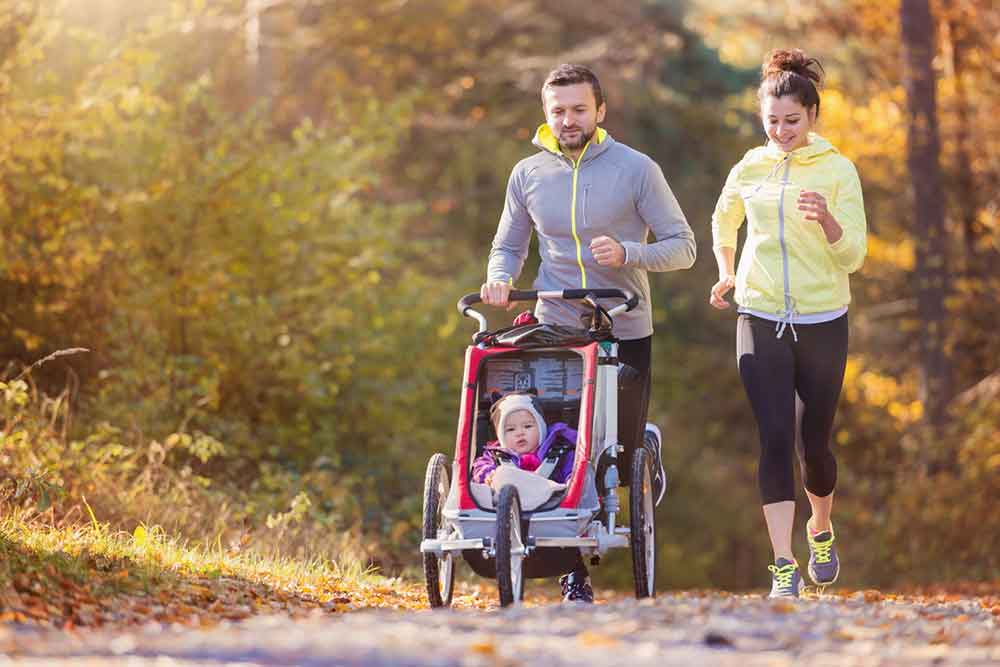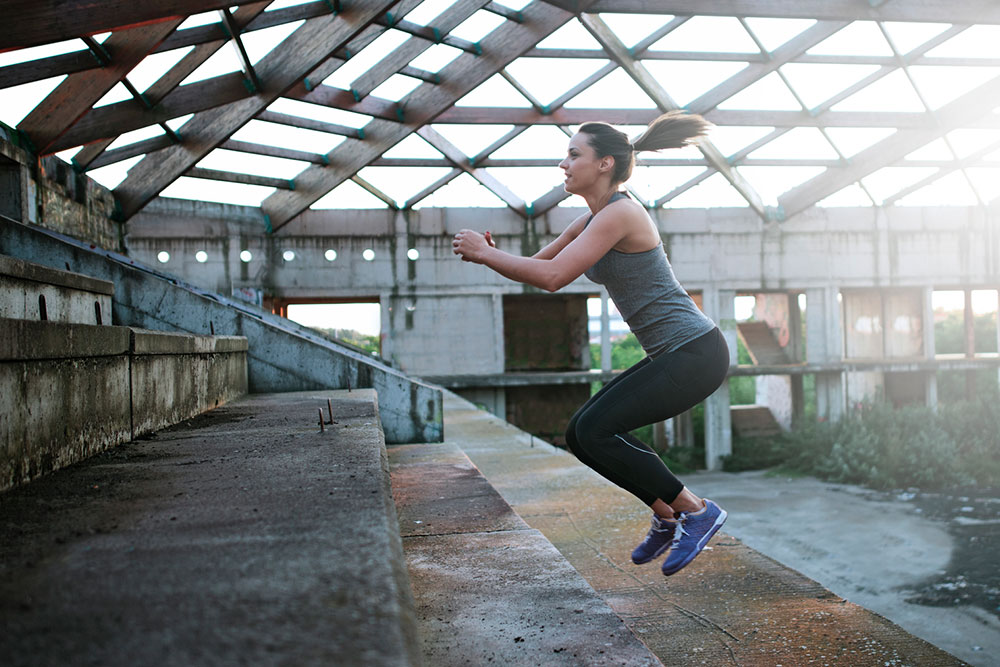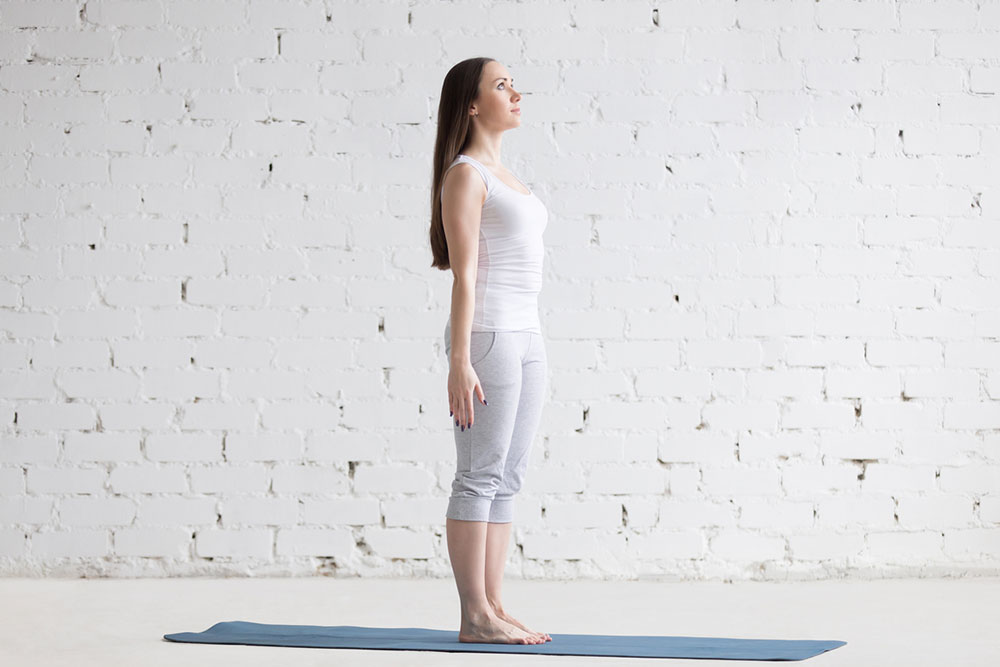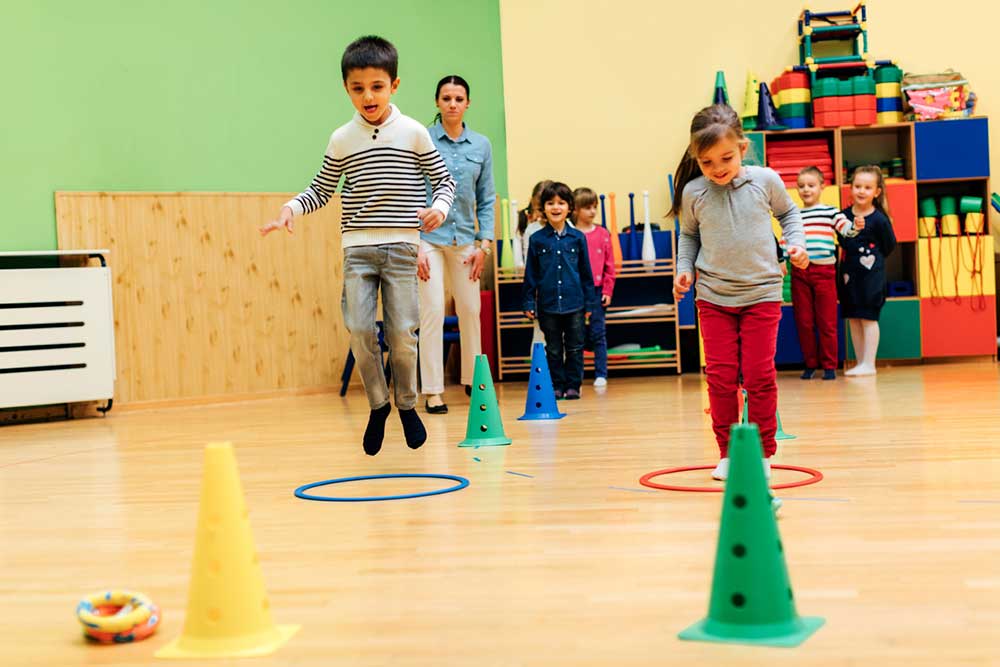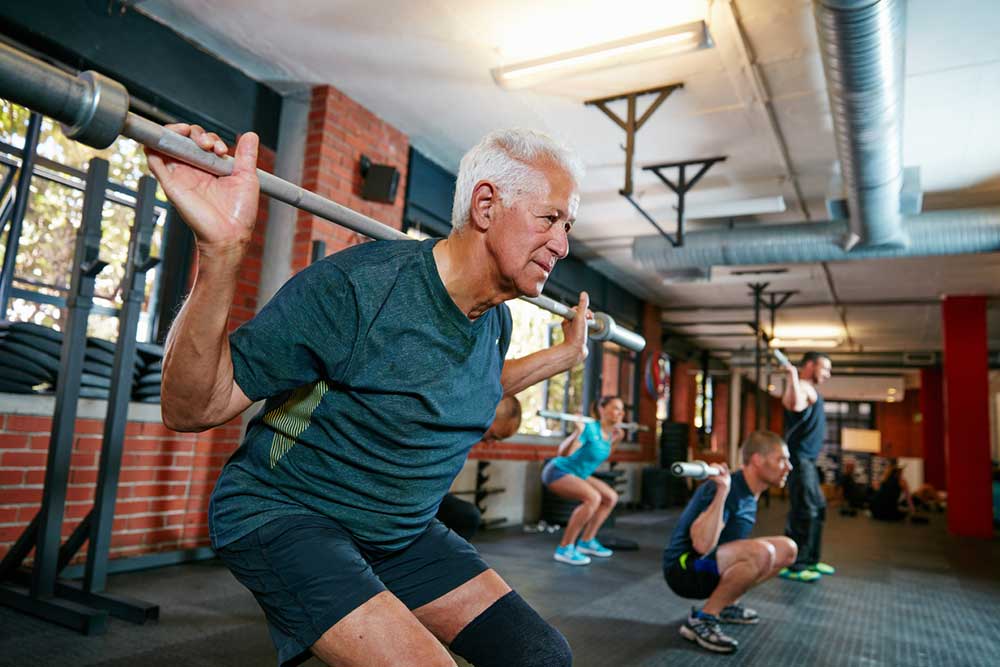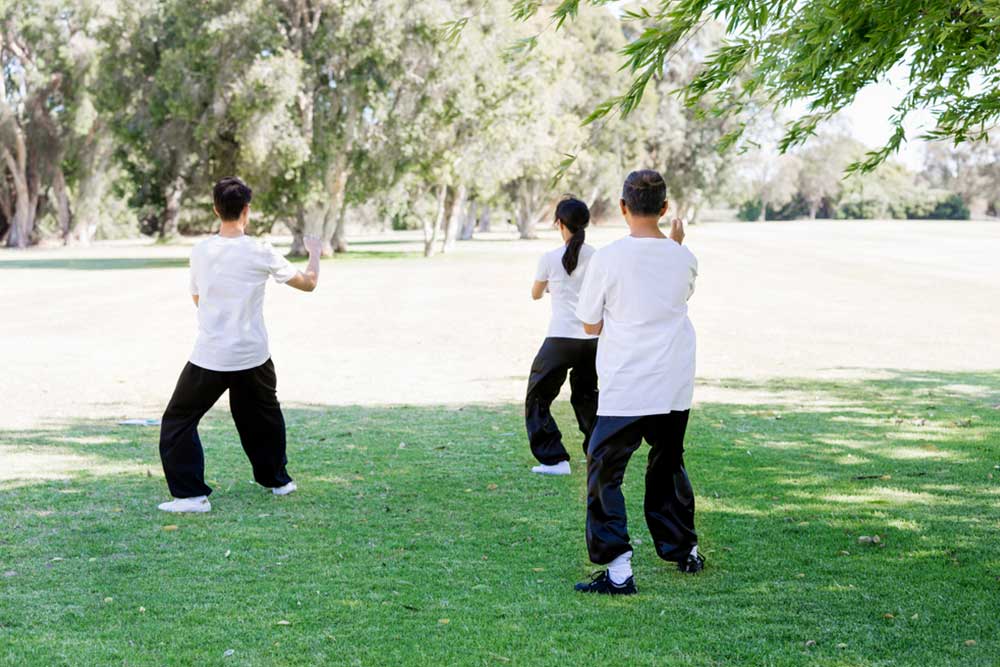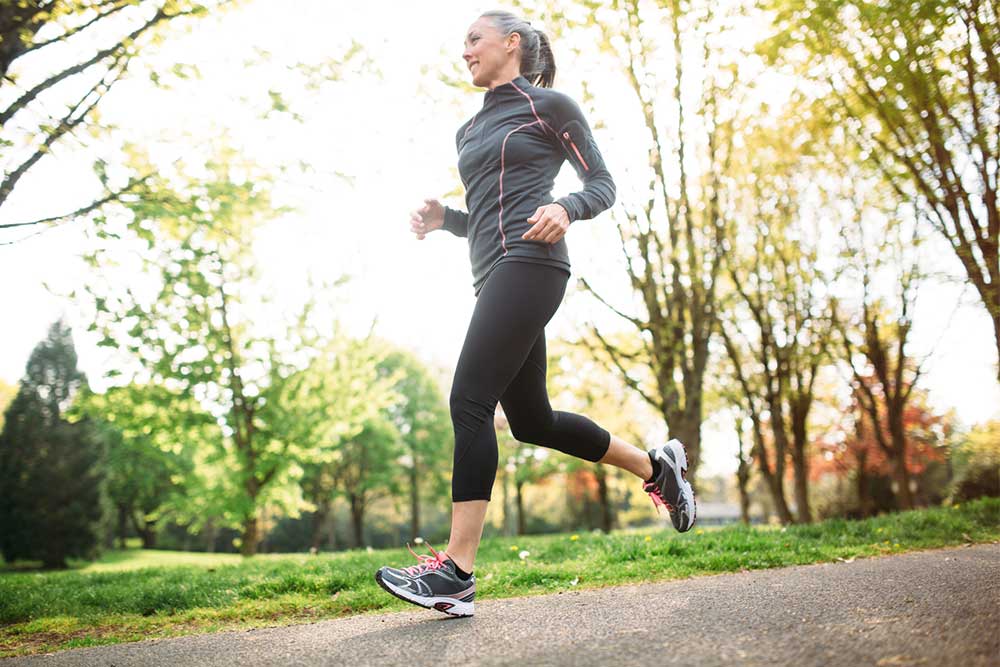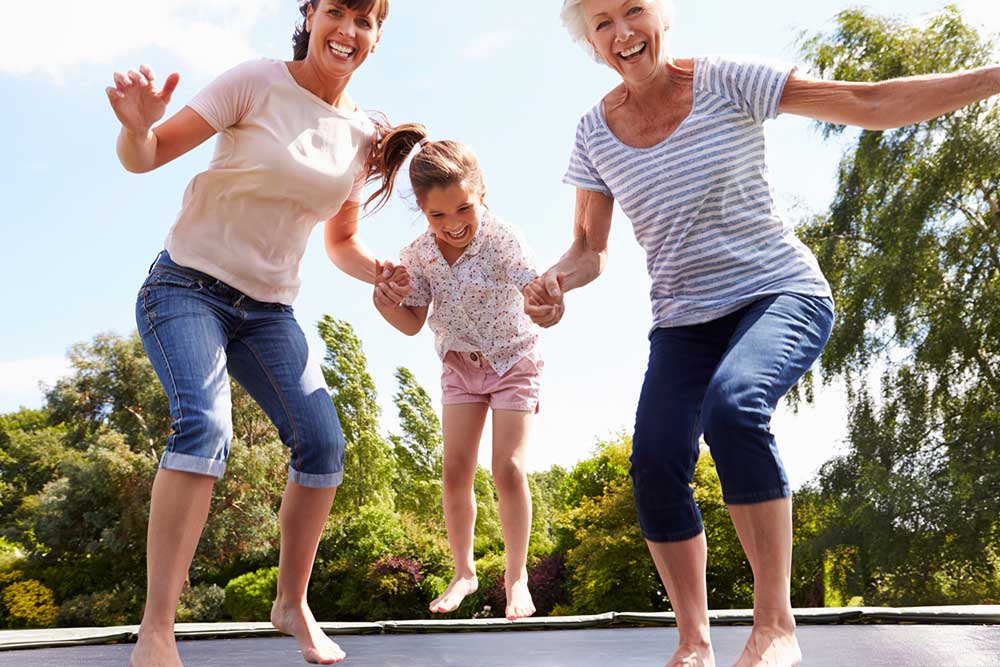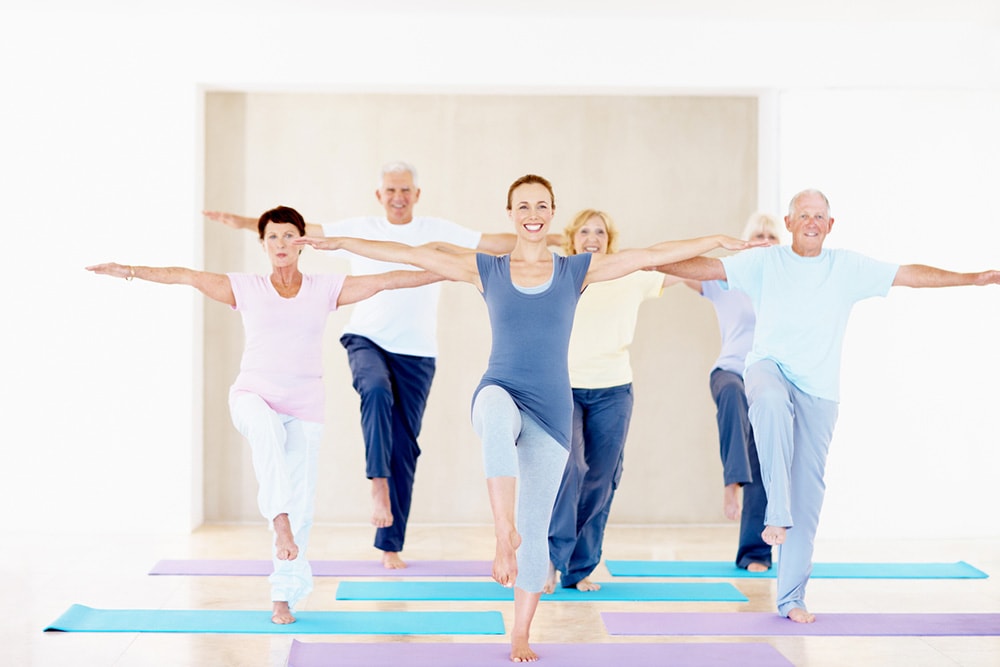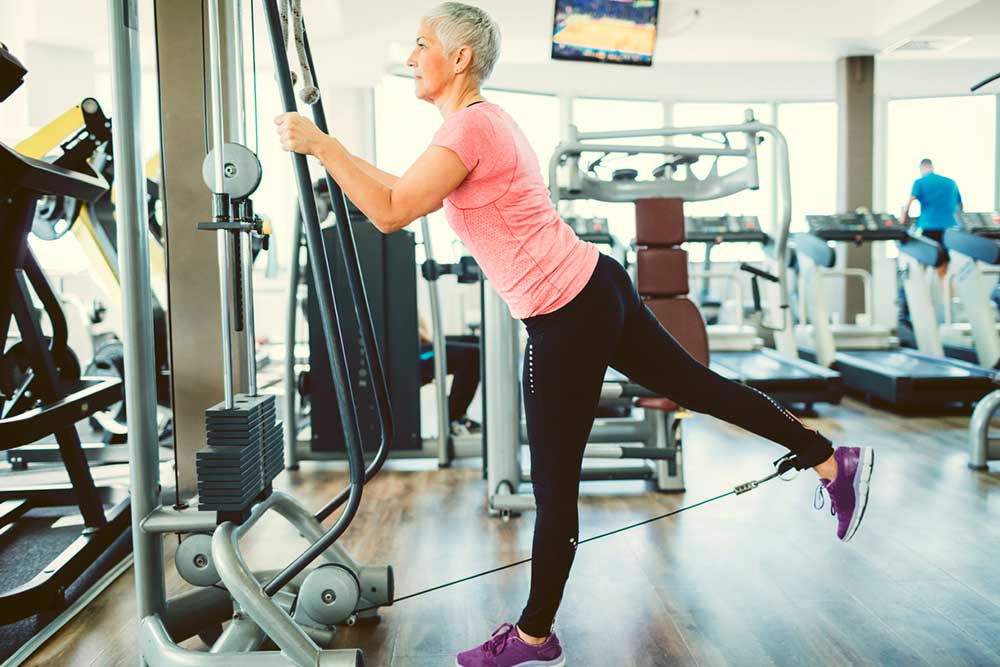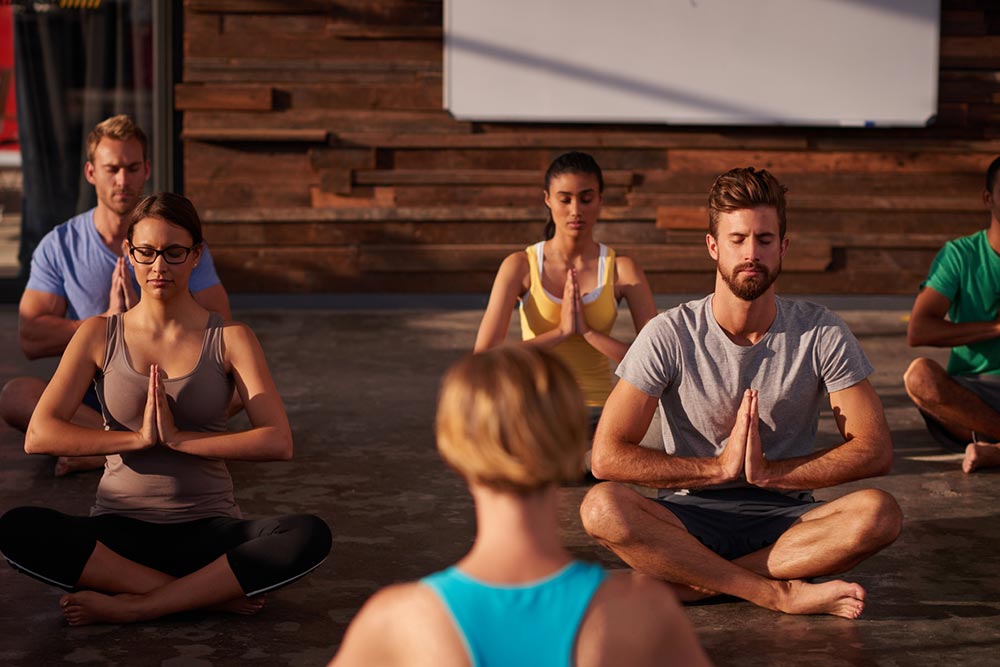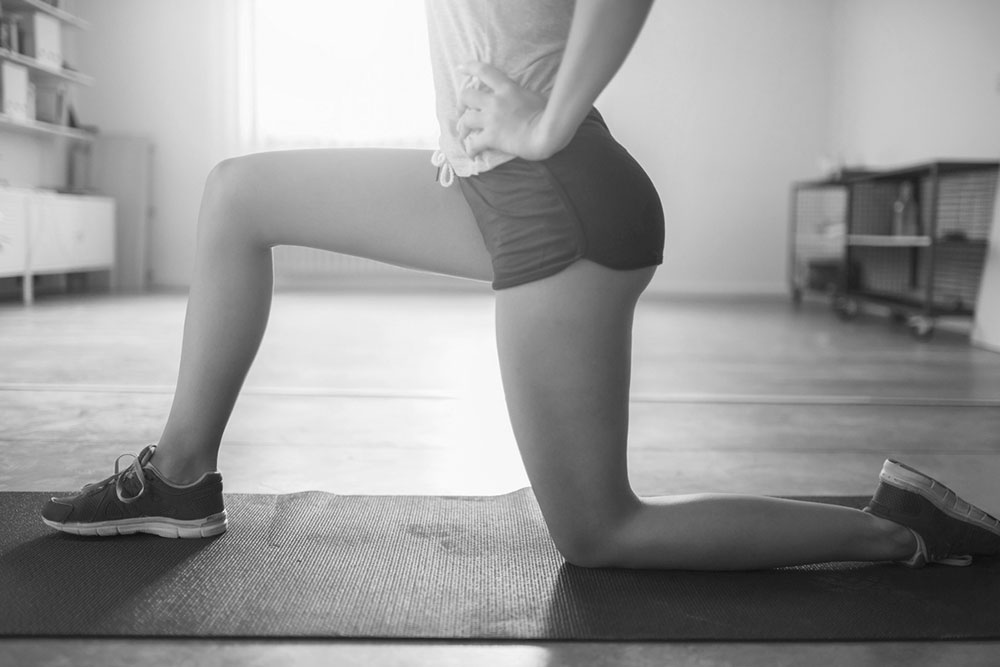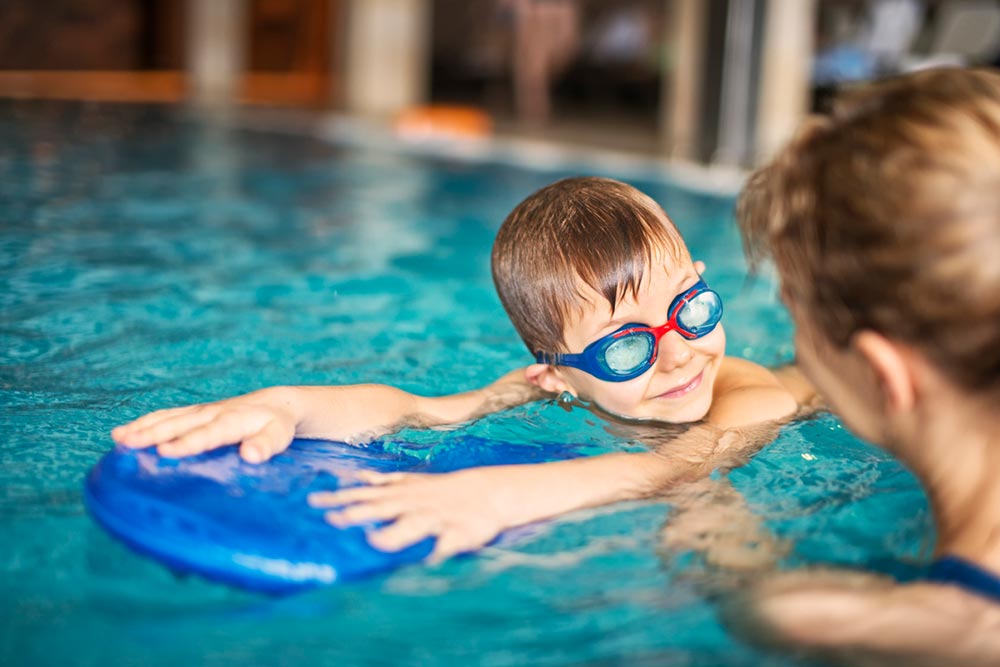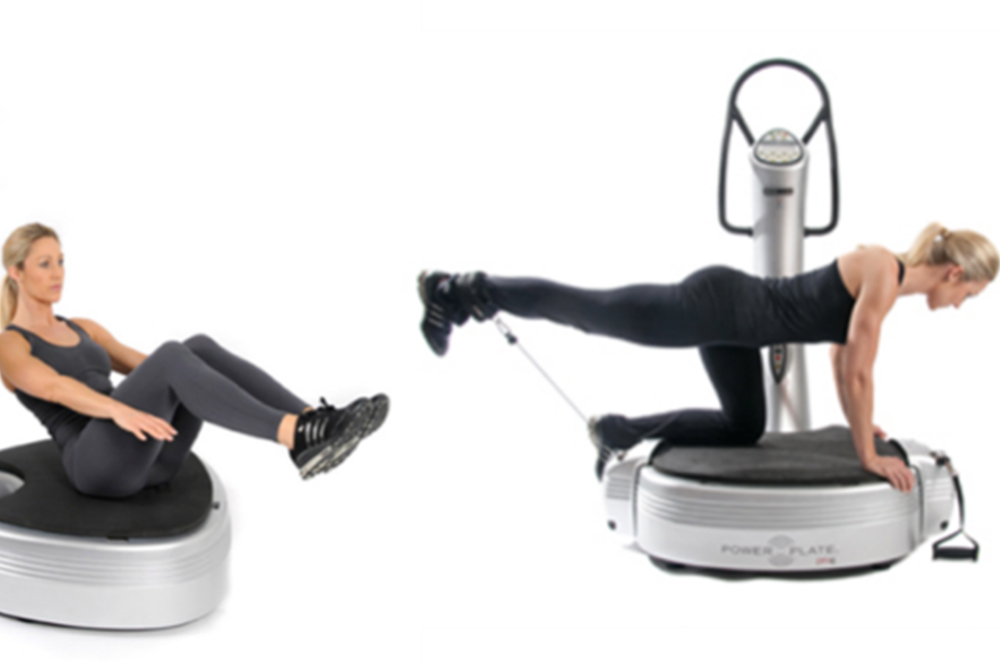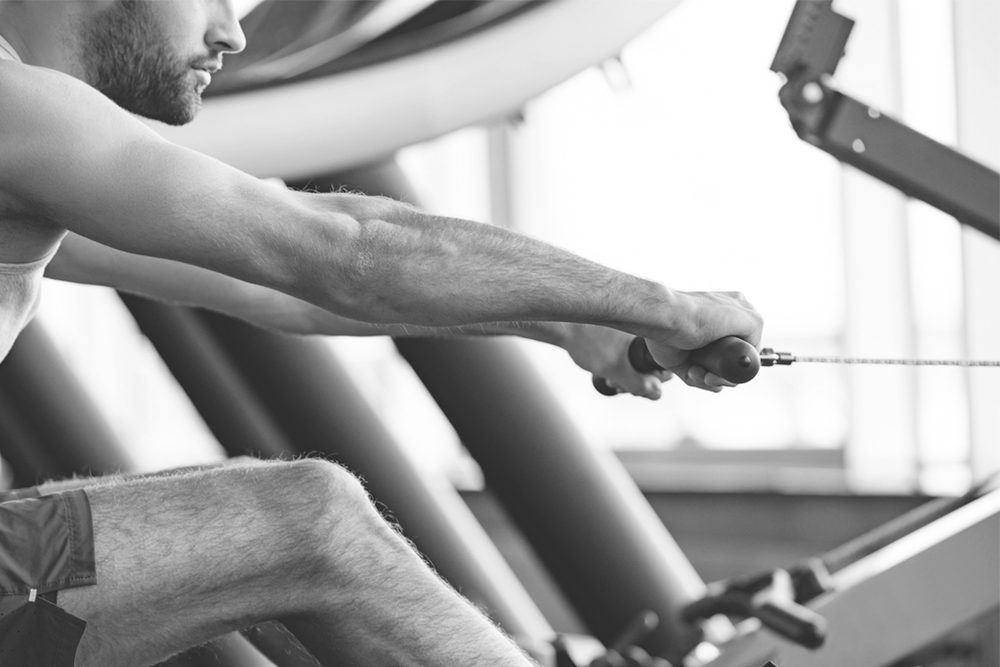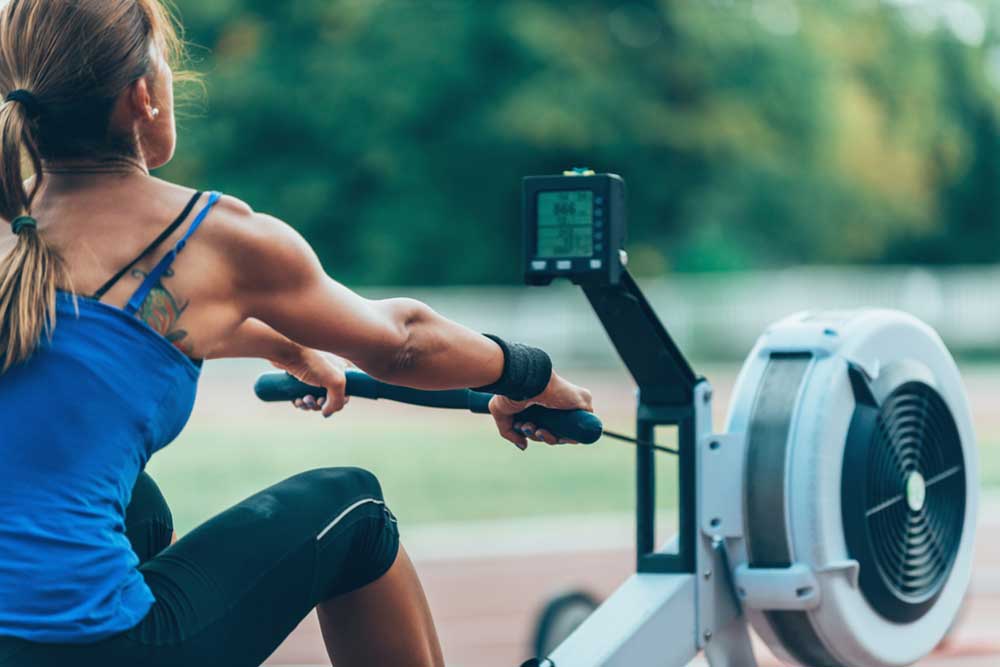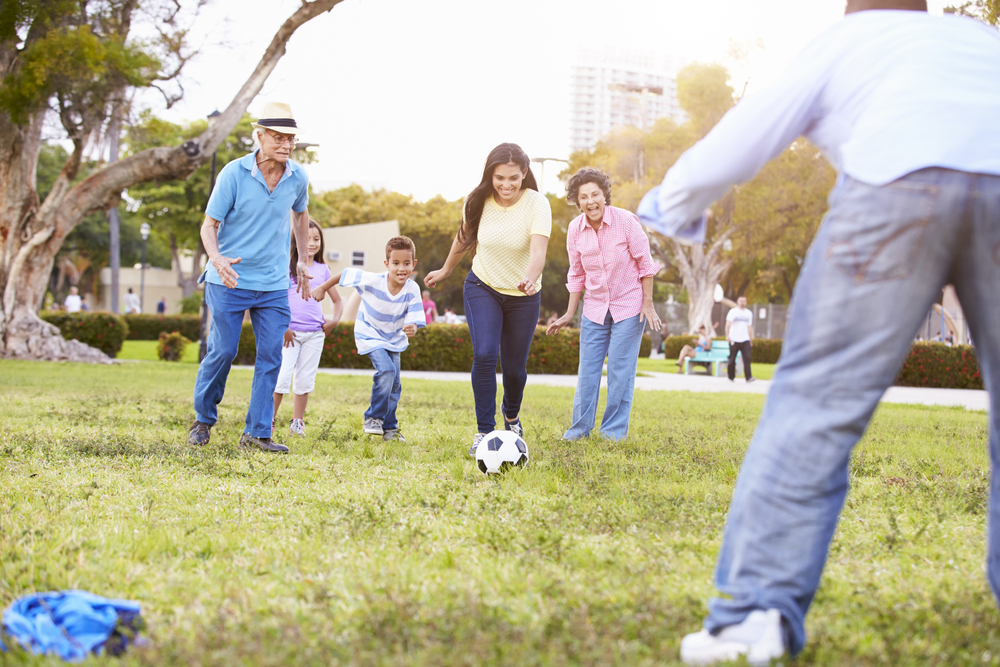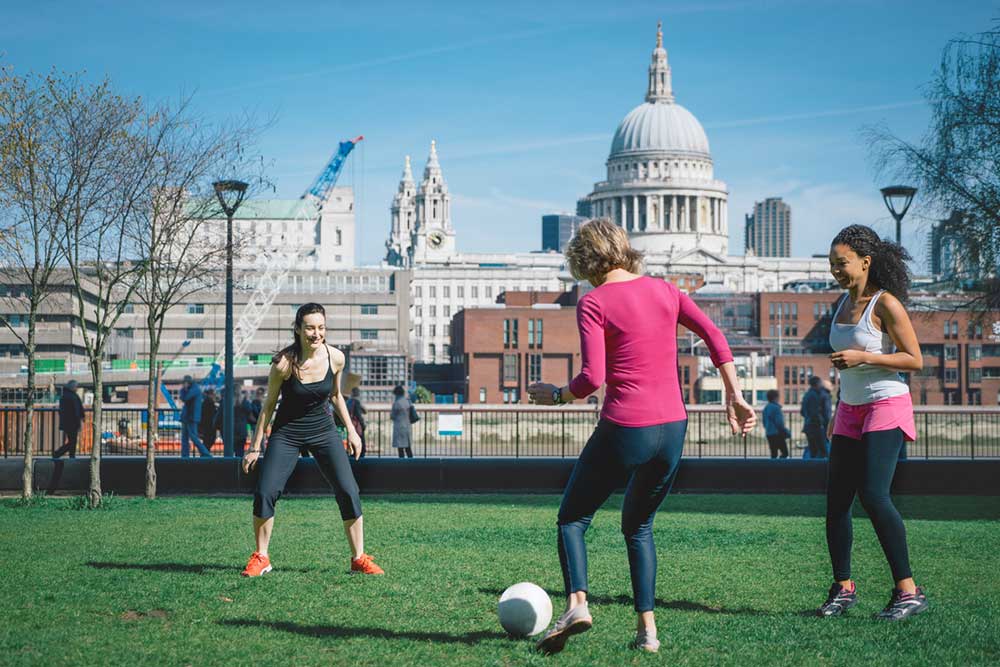Vibration Techniques for Exercise and Therapy

The world of health and fitness is full of gimmicks. Every single day you will hear about some great new exercise or amazing new piece of equipment.
And the worst bit?
Most often they are complete and utter trash.
Which is why when something new appears that has decent research to support it, we stand up and take notice.
Something like musculoskeletal vibration stimulation, for example.
What is Musculoskeletal vibration stimulation?
Musculoskeletal vibration stimulation (also known as vibration therapy or vibration training) is a mode of exercise that has become commonplace in physical therapy circles over the last decade.
With this, vibration can be provided to a single muscle, or to your whole body through the application of a vibration seat of vibration platform.
This vibration causes your muscles to move – or oscillate.
The amount of movement in the muscle tissue is dictated by the amplitude, frequency, and magnitude of the vibration. In general, low-amplitude, low-frequency mechanical stimulation is the most commonly used in humans.
Effects on the neuromuscular and neuroendocrine systems
No matter how vibration is applied, its principals remain the same.
As the machine vibrates, it has a profound impact on your neuromuscular system.
It activates your nervous system, forcing your muscles to contract and relax multiple times per second. These rapid contractions have been hypothesized to improve muscle health, strength, and function – and may even help you exert some energy in the process.
Interestingly, vibration training has also been shown to have an impact on your endocrine system by causing an increase in adrenaline, and a decreasing in blood glucose levels (Di Loreto, 2004).
This suggests that it may also have a positive impact on metabolic health conditions, as well as physical function.
Related Article: Glute Activation Warm-up and Exercise Performance
Is vibration a natural stimulus?
One question I get asked about a lot is whether muscle vibration is ‘natural’.
And I guess it kind of depends on how you want to look at it.
While the tools used to undertake vibration training are obviously technological in nature (pun intended), the movements they produce replicate many of the actions observed when running or walking over uneven ground, and in bare feet.
In this manner, the body must adapt to minute stimuli multiple times per second.
So, I guess considering this, vibration training can very much be viewed as a natural stimulus.
Vibration and muscle activation
Where I believe vibration training offers the most bang for your buck is in the realm of muscle activation (Wei, 2018).
Because of what life has become in modern day, we now spend most of our time in sedentary positions. With this, we spend a lot less time moving our body.
As a result, many people lose their ability to consciously activate their muscles.
Their ‘mind-muscle’ connection becomes impaired.
However, there is evidence to suggest that vibration training offers a remedy. By promoting neuromuscular adaptations that enhance muscle contraction, it has been shown to improve muscle activation.
This means that it can have application in both athletic and rehabilitation scenarios.
Vibration for physical exercise
With the growing body of research supporting the use of vibration training to improve physical function, some people suggest that it can replicate – and even replace – physical exercise (Luo, 2005; Hortobágyi, 2015).
But is this really the case?
And in short, not really.
While vibration training alone has been shown to improve strength and function, this is limited to clinical populations and the elderly.
With this, there appears to be a ceiling effect, where vibration training loses its potency the more trained someone is.
However, this does not mean that we should throw the baby out with the bath water.
There is some evidence to suggest that when combined with a solid training program, vibration training can improve strength, power, and athletic performance, to a greater degree than resistance training alone.
This is likely due to the favorable effects it has on neural drive and muscle activation.
Vibration for therapy
Taking the above into consideration, you should be starting to realize that vibration training really comes into its own in the realm of physical therapy (Chanou , 2012; Weber-Rajek, 2015).
People with chronic conditions generally have very low levels of muscular strength, muscular endurance, and physical fitness. As a result, they are the perfect candidates for vibration training, as they are nowhere near their ceiling.
Vibration therapy has been shown to act as an effective treatment for:
- Osteoporosis
- Metabolic syndrome
- Sarcopenia
- Cardiovascular disease
I should note that it has also been shown to have a favorable effect on the functional capacity of older adults. Through this, it can improve balance and even reduce risk of falls (Yang, 2015).
Related Article: Exercises For Improved Balance
Where does vibration training offer the most benefit?
With all this, you might be wondering what offers us the most benefit – vibration for therapy, or vibration for athletic performance?
To put it simply, vibration training is most effective for more clinical populations in therapeutic exercise scenarios. In fact, because it offers such a low entry point to exercise, it is one of the most powerful interventions you can have for these people.
Alternatively, while it can have a small impact on athletic performance, it should only be considered as an addition to traditional training modalities.
The cherry on top, if you will.
Although it can provide a little boost, it will be completely ineffective without the foundation of a solid training program (Musumeci, 2017).
Take Home Message
The fitness industry is full of gimmicks that are literally too good to be true – however, vibration training is not one of them.
While it may sound a little farfetched, there is a body of evidence demonstrating that it has profound effects on a multitude of health conditions. Moreover, when used with a good training program, it can even improve athletic performance.
References
Di Loreto, C., et al. “Effects of whole-body vibration exercise on the endocrine system of healthy men.” Journal of endocrinological investigation 27.4 (2004): 323-327.
Wei, Ning, and Gabriel YF Ng. “The effect of whole body vibration training on quadriceps voluntary activation level of people with age-related muscle loss (sarcopenia): a randomized pilot study.” BMC geriatrics 18.1 (2018): 240.
Luo, Jin, Brian McNamara, and Kieran Moran. “The use of vibration training to enhance muscle strength and power.” Sports medicine 35.1 (2005): 23-41.
Hortobágyi, Tibor, et al. “Small and inconsistent effects of whole body vibration on athletic performance: a systematic review and meta-analysis.” European journal of applied physiology 115.8 (2015): 1605-1625.
Weber-Rajek, Magdalena, et al. “Whole-body vibration exercise in postmenopausal osteoporosis.” Przeglad menopauzalny= Menopause review 14.1 (2015): 41.
Chanou, Konstantina, et al. “Whole-body vibration and rehabilitation of chronic diseases: a review of the literature.” Journal of sports science & medicine 11.2 (2012): 187.
Yang, Feng, et al. “Controlled whole-body vibration training reduces risk of falls among community-dwelling older adults.” Journal of biomechanics 48.12 (2015): 3206-3212.
Musumeci, Giuseppe. “The use of vibration as physical exercise and therapy.” Journal of Functional Morphology and Kinesiology 2.2 (2017): 17.
You Might Like:

